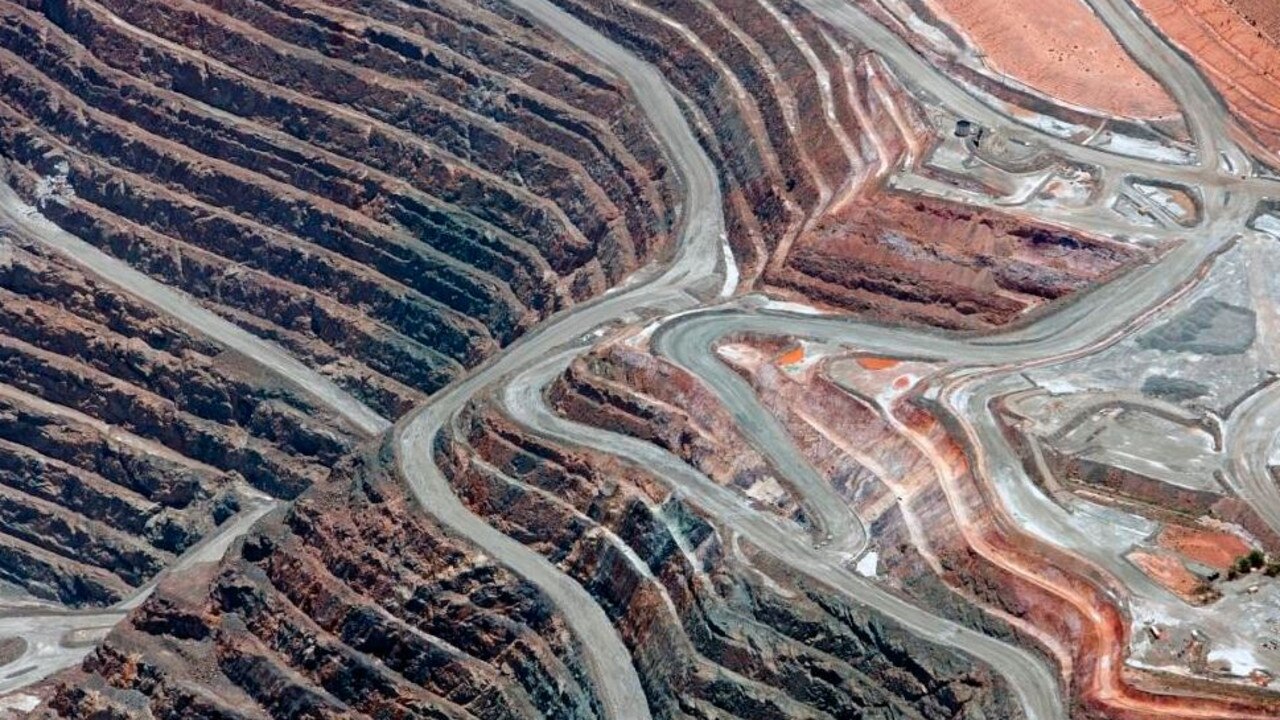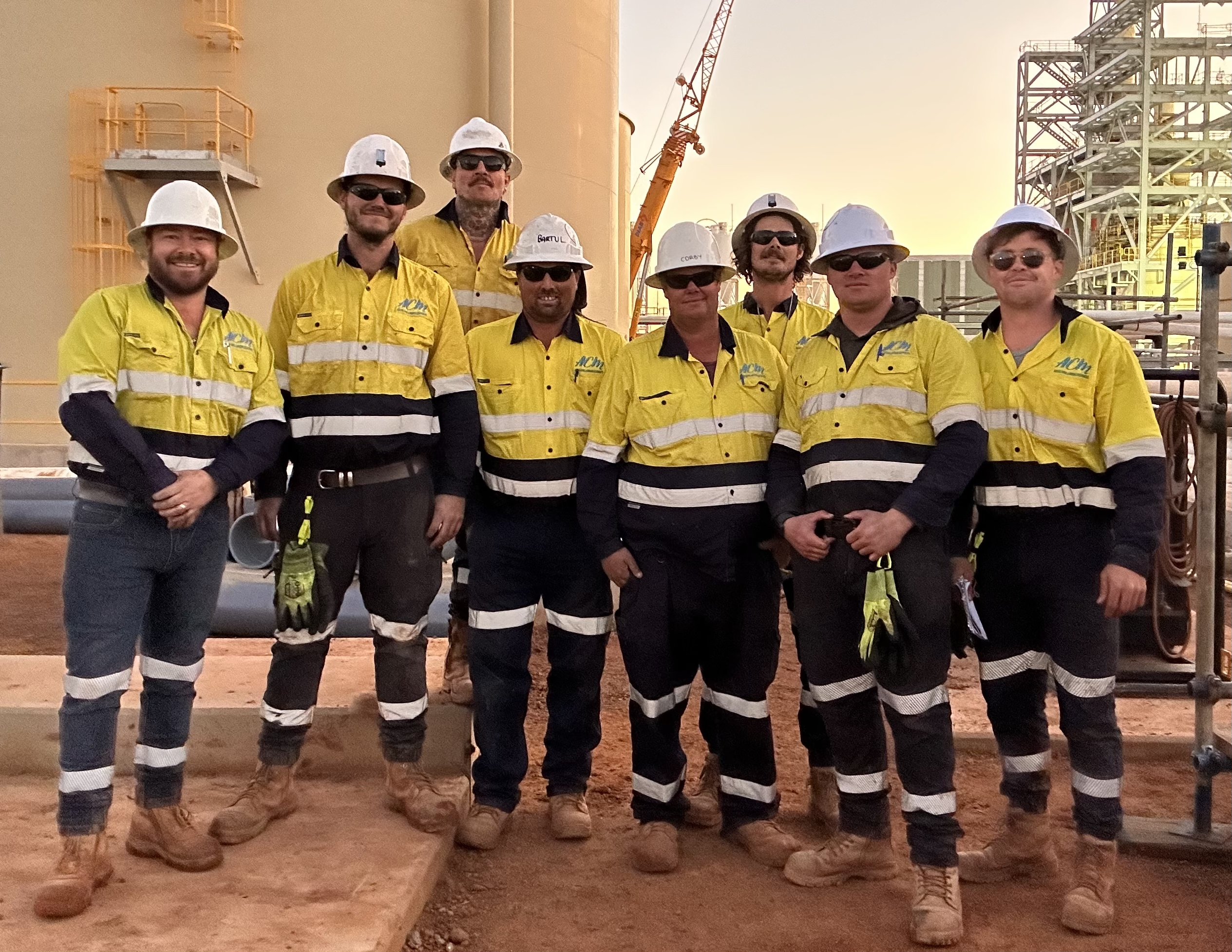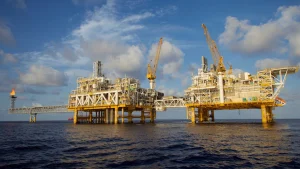Western Australia’s mining industry stands as a cornerstone of its economy, contributing significantly to both regional development and the national GDP. The extraction of minerals, including gold, iron ore, and nickel, necessitates an intricate understanding of various scientific fields, among which hydrology plays a pivotal role. Hydrology, the study of the movement, distribution, and quality of water on Earth, becomes particularly relevant in mining operations due to the complex interactions between water and mining activities. This article delves into the critical aspects of hydrology in West Australian mines, highlighting challenges, solutions, and the importance of sustainable practices.
Water Management Challenges
The arid climate of much of Western Australia poses significant water management challenges for mining operations. Mines require substantial amounts of water for mineral processing, dust suppression, and maintaining the life of mining machinery. However, the scarcity of water resources in these regions necessitates innovative approaches to water management. Furthermore, the environmental impact of mining activities, such as the contamination of local waterways with sediments, chemicals, and mine tailings, requires diligent monitoring and management to protect the local ecosystems.
Hydrological Studies and Solutions
To address these challenges, mining companies invest in comprehensive hydrological studies before commencing operations. These studies aim to understand the local water balance, including precipitation patterns, evaporation rates, groundwater flows, and the interaction between surface and groundwater systems. By mapping the hydrological cycle in the vicinity of a mine, companies can develop effective strategies for water management that minimize environmental impact.
One innovative solution employed in West Australian mines is the use of managed aquifer recharge (MAR) systems. MAR involves capturing excess surface water during rainy periods and injecting it into underground aquifers for storage. This stored water can then be extracted for use during drier periods, ensuring a sustainable water supply for mining operations without overexploiting local water resources.
Another critical component of hydrology in mining is the treatment and recycling of wastewater. Advanced water treatment plants enable the removal of contaminants from water used in the mining process, allowing for its reuse within the mine. This not only reduces the demand for fresh water but also minimizes the discharge of polluted water into the environment.
The Importance of Sustainable Practices
Sustainable water management practices are essential for the longevity of mining operations and the preservation of Western Australia’s delicate ecosystems. Mining companies are increasingly recognizing their responsibility to manage water resources wisely, implementing practices that reduce water usage, enhance water recycling, and protect local water quality. Regulatory bodies also play a crucial role in overseeing these practices, ensuring compliance with environmental standards and promoting the sustainable development of the mining industry.
Conclusion
The interplay between hydrology and mining in Western Australia is complex, governed by the challenging climate, the need for water in mining operations, and the imperative to protect the environment. Through the application of science-based solutions and sustainable practices, the mining industry can mitigate its impact on local water systems, ensuring a balance between economic development and environmental stewardship. As the industry continues to evolve, the ongoing research and innovation in hydrology will be critical to addressing the challenges of water management in mining, safeguarding the future of both the industry and the region’s natural resources.













